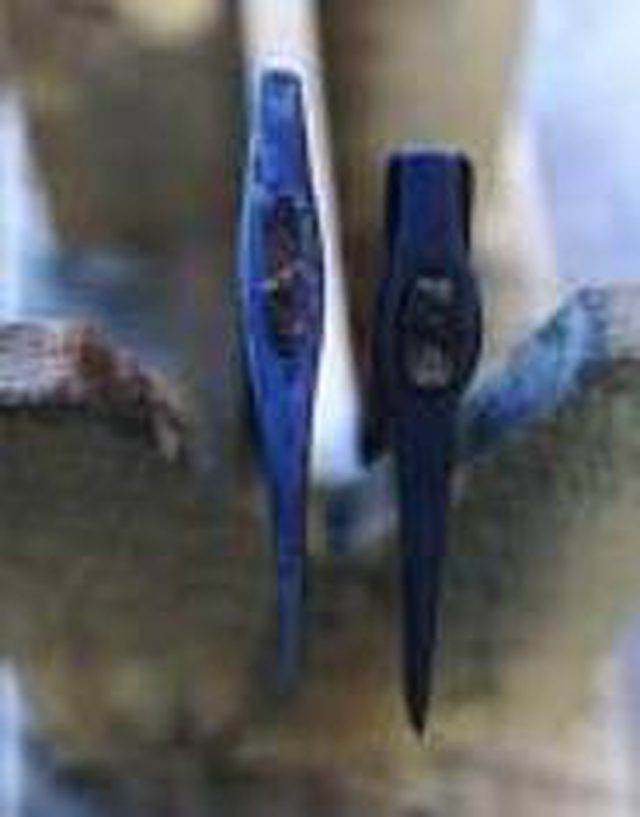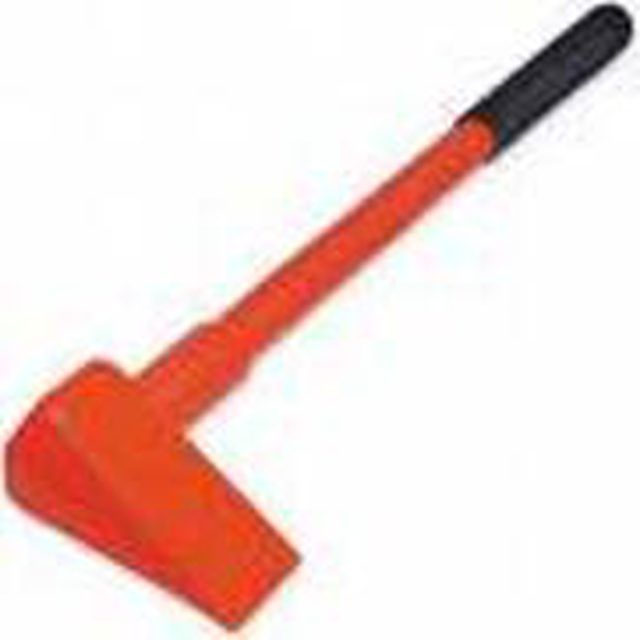Bulbs
Flower Basics
Flower Beds & Specialty Gardens
Flower Garden
Garden Furniture
Garden Gnomes
Garden Seeds
Garden Sheds
Garden Statues
Garden Tools & Supplies
Gardening Basics
Green & Organic
Groundcovers & Vines
Growing Annuals
Growing Basil
Growing Beans
Growing Berries
Growing Blueberries
Growing Cactus
Growing Corn
Growing Cotton
Growing Edibles
Growing Flowers
Growing Garlic
Growing Grapes
Growing Grass
Growing Herbs
Growing Jasmine
Growing Mint
Growing Mushrooms
Orchids
Growing Peanuts
Growing Perennials
Growing Plants
Growing Rosemary
Growing Roses
Growing Strawberries
Growing Sunflowers
Growing Thyme
Growing Tomatoes
Growing Tulips
Growing Vegetables
Herb Basics
Herb Garden
Indoor Growing
Landscaping Basics
Landscaping Patios
Landscaping Plants
Landscaping Shrubs
Landscaping Trees
Landscaping Walks & Pathways
Lawn Basics
Lawn Maintenance
Lawn Mowers
Lawn Ornaments
Lawn Planting
Lawn Tools
Outdoor Growing
Overall Landscape Planning
Pests, Weeds & Problems
Plant Basics
Rock Garden
Rose Garden
Shrubs
Soil
Specialty Gardens
Trees
Vegetable Garden
Yard Maintenance
How to Choose an Axe
How to Choose an Axe. If you need to cut hard wood, a good axe will be your best friend. A saw is great for wood workers and for precision art; however, felling a tree and splitting it into boards is only a job for an axe.
If you need to cut hard wood, a good axe will be your best friend. A saw is great for wood workers and for precision art; however, felling a tree and splitting it into boards is only a job for an axe.
Things You'll Need
Hardware store
Decide what you need to do with an axe. Choosing an axe has everything to do with your purpose. Axes can be used for either cutting or splitting.
Look at the many axes out there. If you want to cut wood and fell (cut down) trees, you need a cutting axe. A cutting axe has a very thin blade that comes to a very sharp edge. This sharp edge can be easily sharpened without taking too much metal off. Make sure the head is made of good solid steel, and is not smooth with a dent here and there. Look carefully at the head; it needs to be one piece of metal. You should not see any joints or connections.

Pick up the axe and look down the handle to the head. You want the handle to be wood and the grain (the lines in the wood) should run toward the head. The length of the shaft also depends on your purpose. To fell trees, a handle at least as long as the distance from the middle of your palm to your arm pit will be needed. If you will use it only for small or close cutting jobs, the size of your forearm will be fine. The handle should not move in the head, and when you place the axe an inch below the head on two fingers, it should balance.
Look at the other axes out there. If you need to split wood, you're going to need an axe that will be able to handle this process or you will literally break it. A splitting axe will be made of more steel than a cutter, and the blade will be sharp and very wide and look like it could truly move two pieces of wood apart from each other. As with the other axe, make sure that the axe head is made of one piece of metal.

Lift the axe you want to buy and rest the head on your shoulder. If this process takes a lot of effort, you will not be able to swing the axe.
Tips & Warnings
The most important part of buying an axe is making sure you can lift it. It can be the most perfect axe in the world, but if you can't pick it up, it's worthless.
If you want to use an axe for both cutting and splitting, look for an axe that has both qualities.
If you think the splitter head is more than one piece of metal, move on to another brand.
If the grain in the handle does not run down the handle, you will crack the handle in your first hit.
Do not get a plastic or rubber handle. The handle will not take the force of the chop and will hurt your hands. A rubber handle does not transfer the force of your swing into the chop properly.